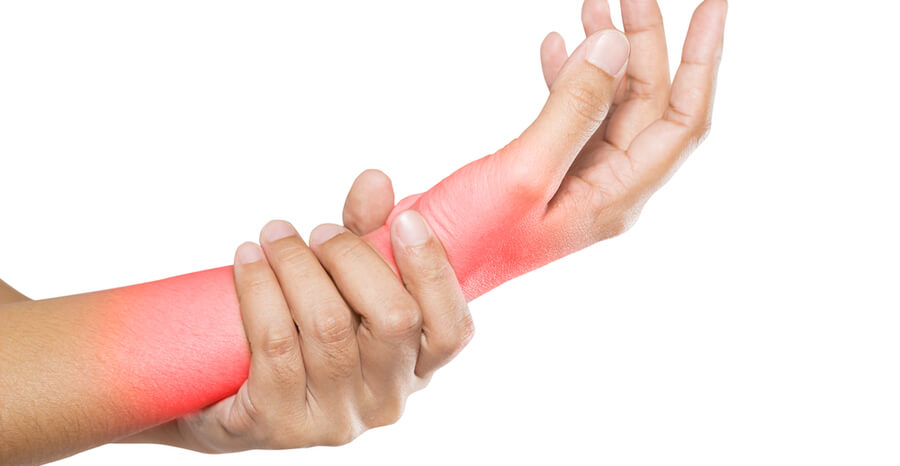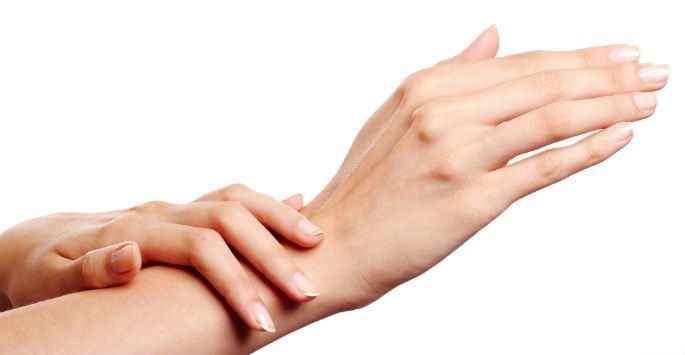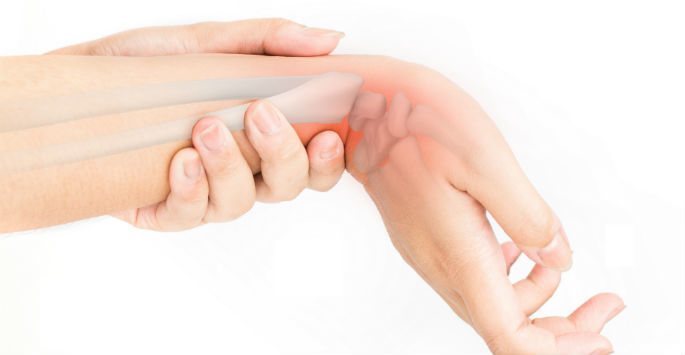You cannot overestimate how important the human hand is when it comes to development and the ability to achieve and complete tasks. There are a lot of congenital defects that may affect a child’s hands. There are a few hand problems in children that are very common, and they range from minor issues to some that are major and may require the child to have some sort of surgical correction.
Congenital problems with the hands stem from something that went wrong as the child was developing in the mother’s womb. It is important to recognize that as a child is developing, there are thousands of different processes that are taking place at the same time for every part in the body.
Arm development begins somewhere between four to six weeks after pregnancy. Over time, signals are sent that lead to the development of the bones, muscles and tissues that eventually end up being the hand. If at any time during this process just one step is confused or just one step is thrown off, a congenital hand problem can develop.
Some of the more common hand problems in children include:
- webbed fingers
- fused fingers
- missing hands or fingers
- extra fingers
- fetal band syndrome.
Many people are surprised to learn that just about one out of every 20 children is going to have some kind of hand problem. Many of these hand problems are so minor that doctors do not need to do anything to correct them. However, others are so severe that if doctors do not take immediate steps to correct them, they can lead to problems for the child down the road.
As an example, if a child has webbed or fused fingers, this can be easily fixed through surgery not too long after the child is born. Or if the child has an extra digit, in most cases, surgery can be used to correct this. Most congenital hand problems in children can be treated using some form of surgery.
When treating hand problems in children, the end goal is to help the child have as normal a life as possible. If your child has an issue with his or her hand(s), schedule a consultation at Arora Hand Surgery, with offices in West Bloomfield, Howell, Warren, and Macomb. Contact us today to book an appointment to learn about the available treatment options.




















